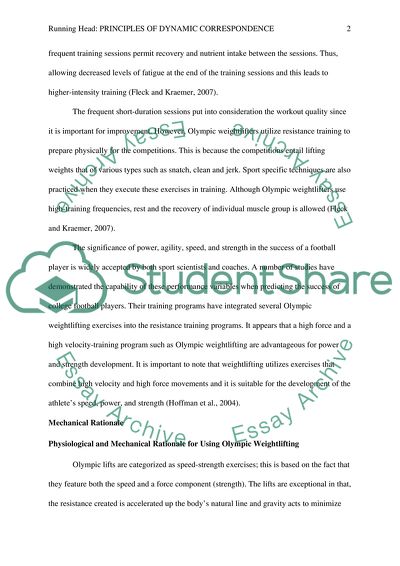Cite this document
(The Principle of Dynamic Correspondence Concept Term Paper, n.d.)
The Principle of Dynamic Correspondence Concept Term Paper. Retrieved from https://studentshare.org/sports-and-recreation/1758253-dynamic-correspondence-of-olympic-weightlifting-for-sprinting-performance-of-a-professional-football-player
The Principle of Dynamic Correspondence Concept Term Paper. Retrieved from https://studentshare.org/sports-and-recreation/1758253-dynamic-correspondence-of-olympic-weightlifting-for-sprinting-performance-of-a-professional-football-player
(The Principle of Dynamic Correspondence Concept Term Paper)
The Principle of Dynamic Correspondence Concept Term Paper. https://studentshare.org/sports-and-recreation/1758253-dynamic-correspondence-of-olympic-weightlifting-for-sprinting-performance-of-a-professional-football-player.
The Principle of Dynamic Correspondence Concept Term Paper. https://studentshare.org/sports-and-recreation/1758253-dynamic-correspondence-of-olympic-weightlifting-for-sprinting-performance-of-a-professional-football-player.
“The Principle of Dynamic Correspondence Concept Term Paper”. https://studentshare.org/sports-and-recreation/1758253-dynamic-correspondence-of-olympic-weightlifting-for-sprinting-performance-of-a-professional-football-player.


